1. Using a Hairdryer to Defrost the Freezer
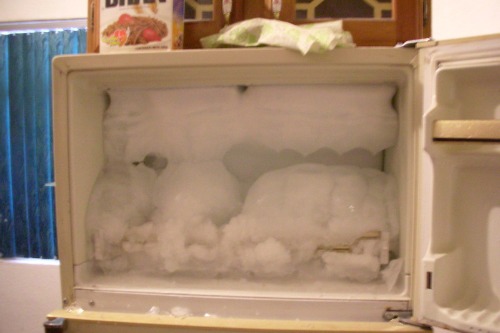
It sounds clever—blast some hot air and watch the ice melt. But hairdryers aren’t meant for long periods of use in cold, damp spaces, and water can easily splash back on the cord. That’s a recipe for electrical shock. Plus, the plastic parts of the dryer can overheat and crack.
The safer route is unplugging the freezer and letting the ice melt naturally. It might take longer, but there’s zero risk of a short circuit. If you want to speed things up, put bowls of hot water inside and close the door. It’s less “hacky,” but far more reliable and safe.
2. Balancing a Ladder on an Unstable Surface
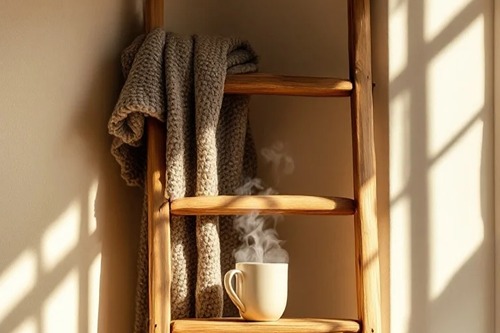
Many DIY guides suggest putting boards or bricks under a ladder to even it out. While it might seem to help, it actually creates a false sense of stability. One shift in weight, and the whole thing can wobble. Falls from ladders are one of the most common causes of home injuries.
Instead, use a ladder stabilizer or buy an adjustable ladder designed for uneven ground. These are made to keep your balance centered, even if the ground isn’t level. If you’re working outdoors, you can also dig out a little soil to create a flat base. It’s slower but dramatically safer.
3. Using Bleach and Vinegar Together for Cleaning
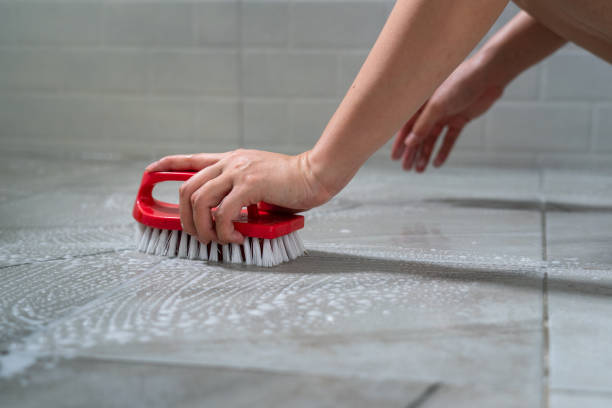
Some “natural cleaning hacks” recommend mixing vinegar with bleach for extra strength. What you actually get is chlorine gas, which is highly toxic. Even small amounts can cause coughing, eye irritation, and breathing problems. In higher concentrations, it can be dangerous enough to require medical help.
The smarter move is to pick one cleaner at a time. Vinegar alone does a great job of cutting mineral buildup and soap scum. Bleach works best for disinfecting surfaces and killing mold. They just shouldn’t be used together, ever.
4. Covering Floor Scratches with Nail Polish
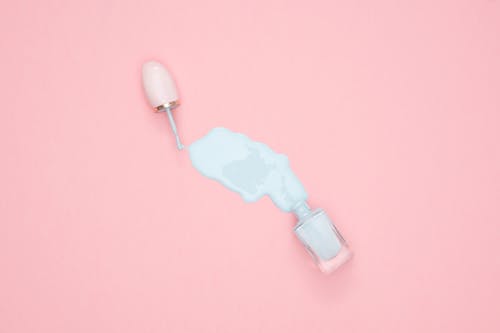
Clear nail polish is often suggested as a quick way to hide scratches in wood floors. While it does fill the groove, it’s not flexible and cracks under pressure. That crack can let in moisture, which makes the scratch worse over time. Plus, once it yellows, it looks even more obvious.
Wood filler or a proper floor repair kit is a much better option. These are designed to expand and contract with temperature changes. They also blend better with your flooring. It takes a little more effort but prevents bigger repairs later.
5. Using WD-40 as a Lubricant on Door Locks
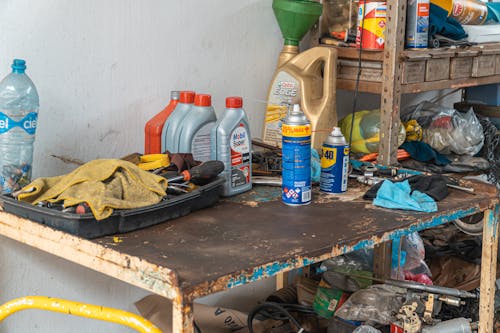
Some people spray WD-40 into sticky locks, thinking it’s a quick fix. It does loosen things at first, but the residue it leaves behind attracts dust and dirt. Over time, that buildup makes the lock stickier than before. In some cases, it can even ruin the lock’s internal pins.
Graphite powder or a silicone-based spray is the proper solution. These don’t leave sticky residue behind. They coat the parts lightly, keeping everything moving smoothly. It’s the difference between a temporary patch and a real fix.
6. Putting Matches in Plant Soil for Pest Control
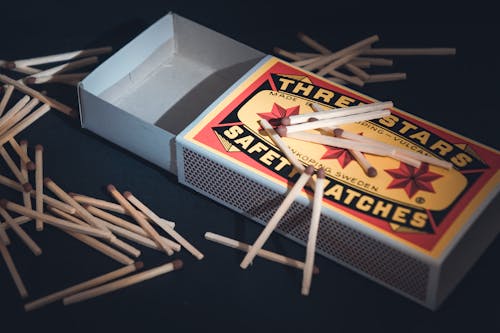
It’s a trendy hack that claims sulfur from the matches repels pests. While sulfur does deter some bugs, the amount in a single match is tiny. What’s more, the chemicals in the match head can leach into the soil and harm the plant. In many cases, it stresses the plant more than it helps.
If you’re battling pests, stick to neem oil or insecticidal soap. Both are safe for most houseplants and actually effective. You can also rinse leaves with water to physically remove pests. It may not sound as quick, but it truly works.
7. Using Coffee Grounds to Unclog Drains
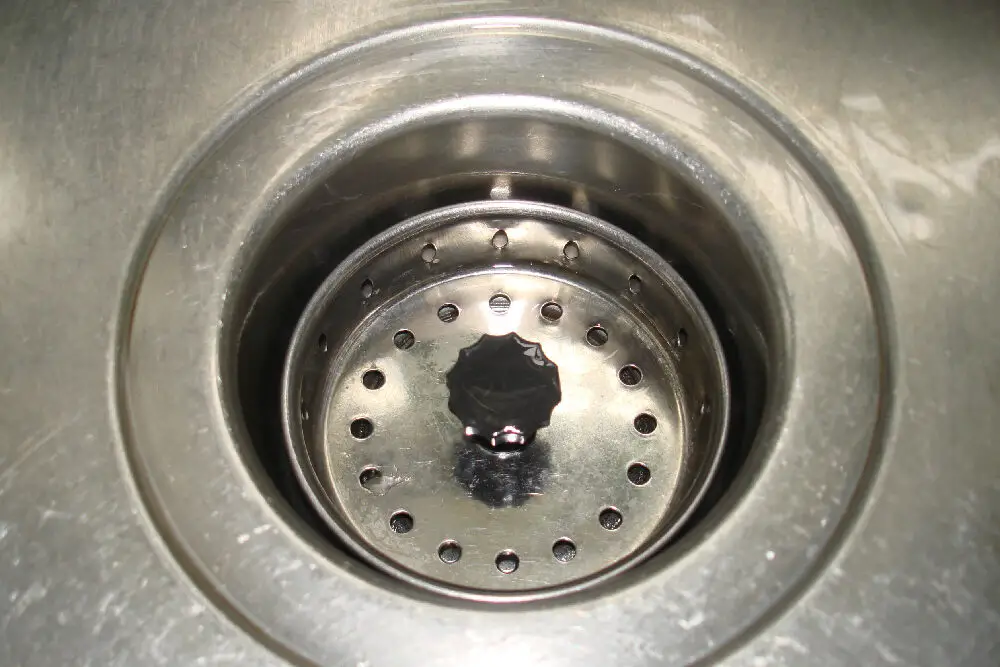
Coffee grounds are often suggested as a “natural” way to scrub pipes clean. Unfortunately, they don’t dissolve, so they clump together. Mixed with grease or soap scum, they form stubborn blockages. Many plumbers rank them just behind grease as a top cause of drain clogs.
The better alternative is boiling water or a vinegar-and-baking-soda flush. If that doesn’t work, a small drain snake is inexpensive and effective. These methods actually clear the pipes instead of adding to the problem. Save your coffee grounds for compost instead.
8. Turning Mason Jars into Light Fixtures Without Proper Hardware
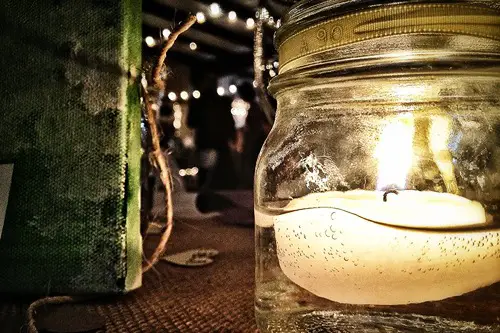
Pinterest is full of mason jar lamp ideas. The problem is, glass heats up quickly and can crack under prolonged bulb use. Without proper ventilation, the fixture becomes a fire hazard. In addition, makeshift wiring is often not up to electrical code.
If you love the look, buy a mason jar fixture kit. These are built with heat-resistant parts and safe wiring. That way, you get the rustic charm without the risk. DIY can be stylish, but it shouldn’t compromise safety.
9. Using Baking Soda on Aluminum Cookware
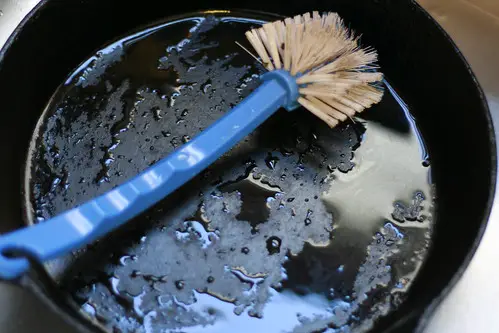
Baking soda is often recommended for scrubbing pans. While it’s fine for stainless steel, it reacts with aluminum. Over time, it causes discoloration and pitting in the metal. That weakens the cookware and makes food stick more.
Stick with mild dish soap and a soft sponge for aluminum. For stubborn stains, cream-based cleaners designed for metals work best. They clean without corroding the surface. That way your cookware lasts years longer.
10. Cutting Vines by Hand Near Power Lines
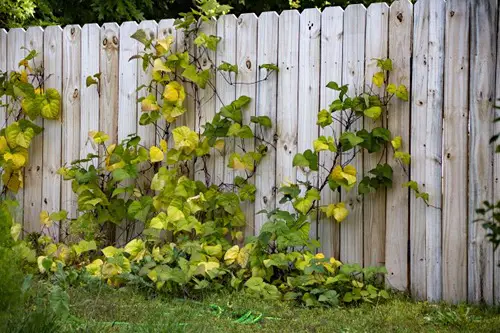
Some home gardeners try to trim vines climbing near power lines with pruning shears. The idea is to save on a professional call. But one slip or touch of a live wire can be deadly. Even a wooden or plastic tool isn’t guaranteed insulation against high voltage.
Power companies often remove vegetation near lines for free. If not, a licensed tree service is the safest bet. It may feel like an unnecessary expense, but your life is worth more. Some risks just aren’t worth the gamble.
11. Using Lighter Fluid to Start a Bonfire
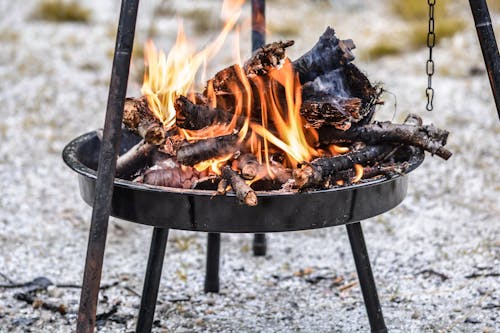
It might seem efficient to splash some lighter fluid on logs. But it vaporizes quickly, which makes flames unpredictable. Many backyard accidents start this way, with fire suddenly flaring up. It can even cause burns to your face and hands.
Safer options include kindling, fire starters, or even dryer lint. These burn gradually and give you control over the fire. They also don’t release harmful fumes. A steady flame is far better than a sudden blast.
12. Sprinkling Salt to Kill Weeds in the Yard
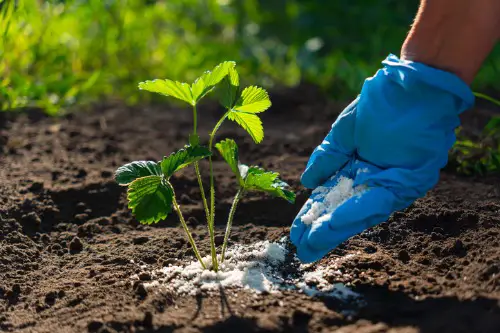
Salt does kill weeds, but it doesn’t stop there. It seeps into the soil and prevents anything from growing in that spot for months. If used heavily, it can even damage nearby plants and lawns. Rainwater spreads it further, creating more damage than you intended.
A targeted weed killer or manual removal is a smarter choice. You can also try boiling water for weeds growing in cracks. These methods are safe for surrounding plants. Salt belongs in the kitchen, not the garden.
13. Using Newspapers as Weed Barriers Under Mulch
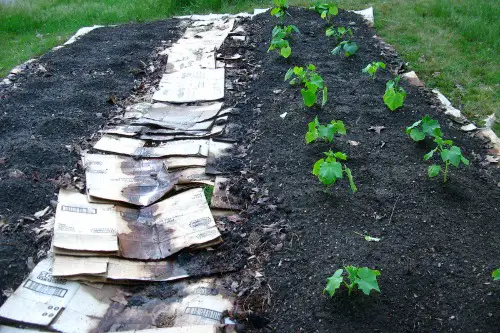
At first, newspapers seem like an eco-friendly option to block weeds. But as they break down, they can compact the soil underneath. This suffocates roots and makes it harder for water to penetrate. They also attract pests like termites and silverfish.
Instead, use landscape fabric designed for the job. It’s breathable, durable, and actually lets water through. You’ll spend a bit more upfront, but your plants will thrive. Plus, you won’t be redoing the work every season.
14. Using Rubbing Alcohol on Plants to Kill Bugs
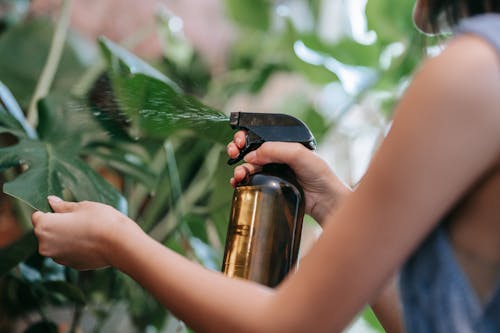
Some online tips suggest spraying rubbing alcohol directly on leaves. While it can kill pests, it also burns delicate foliage. Many houseplants, especially tropical ones, can suffer irreversible damage. It’s a classic case of the cure being worse than the problem.
If you want a safe solution, dilute the alcohol heavily and test on one leaf first. Better yet, stick with soap sprays or neem oil. These are proven, plant-safe options. They take longer to work but won’t destroy your greenery in the process.
This post 14 Home & Garden “Hacks” That Cause Accidents Instead of Savings was first published on Greenhouse Black.
